Odisha is renowned for its rich cultural heritage and numerous ancient temples dedicated to Lord Shiva. Shiva temples in Odisha are significant not only for their religious importance but also for their architectural beauty and historical value. Most of these temples exhibit the Kalinga style of architecture, characterised by intricate carvings and a unique structural design. The temples not only serve as places of worship but also as repositories of history, culture, and art. These attract visitors from around the world who come to appreciate their beauty and significance.
10 Ancient Shiva Temples In Odisha
Here are the ancient Shiva temples in Odisha, embodying the state’s rich spiritual heritage and architectural excellence and attracting tourists from everywhere:
1. Lingaraj Temple
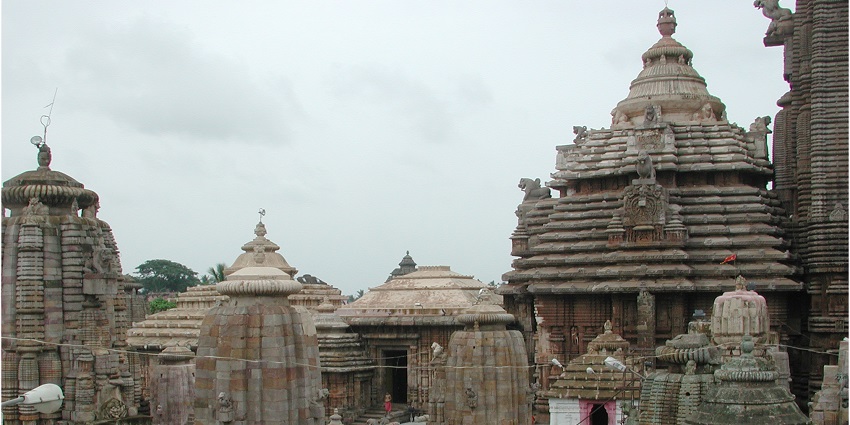
Photo: G.-U. Tolkiehn / Wikimedia Commons
Lingaraj Temple is the largest and one of the oldest Shiva Temples in Odisha. It is renowned for its architectural and spiritual significance. Dedicated to Lord Shiva, it features a naturally occurring Linga known as “Swayambhu,” revered by devotees. The temple is a prime example of the Kalinga architectural style, with its towering deul, intricate carvings, and sprawling complex. It is a major pilgrimage site, attracting thousands of visitors, particularly during grand festivals like Maha Shivaratri and Rukuna Rath Yatra.
Location: Bhubaneswar, Odisha
Best Time To Visit: October to March
Ideal Trip Duration: 1-2 days
Suggested Read: Explore The Top Wildlife Sanctuaries In Odisha With Rich Biodiversity
2. Dhabaleswar Temple
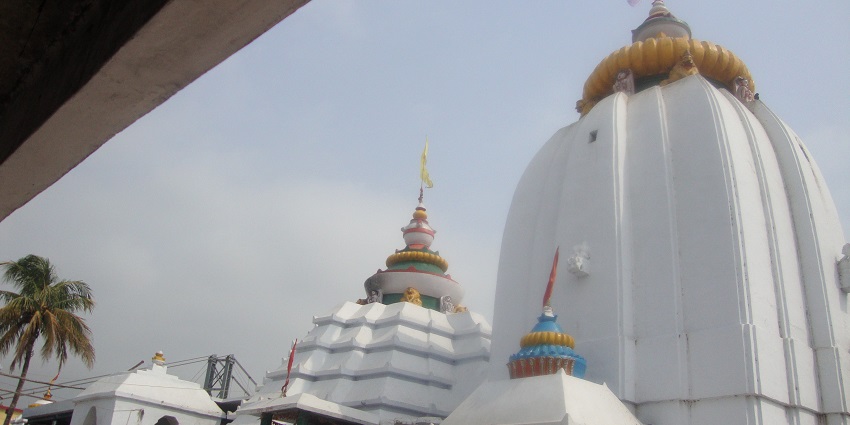
Photo: Nirmalbarik / Wikimedia Commons
This scenic temple, located on an island in the Mahanadi River, is dedicated to Lord Shiva. Known for its beautiful stone carvings and serene surroundings, the temple provides a tranquil escape from the city’s hustle. It is accessible by a hanging bridge, adding to its allure and making the journey itself a unique experience. The temple is especially vibrant during Maha Shivaratri, attracting thousands of devotees. They gather to witness grand rituals, cultural performances, and celebrations that last throughout the night in one of the famous Shiva Temples in Odisha.
Location: Cuttack, Odisha
Best Time To Visit: November to February
Ideal Trip Duration: 1 day
3. Brahmeswara Temple
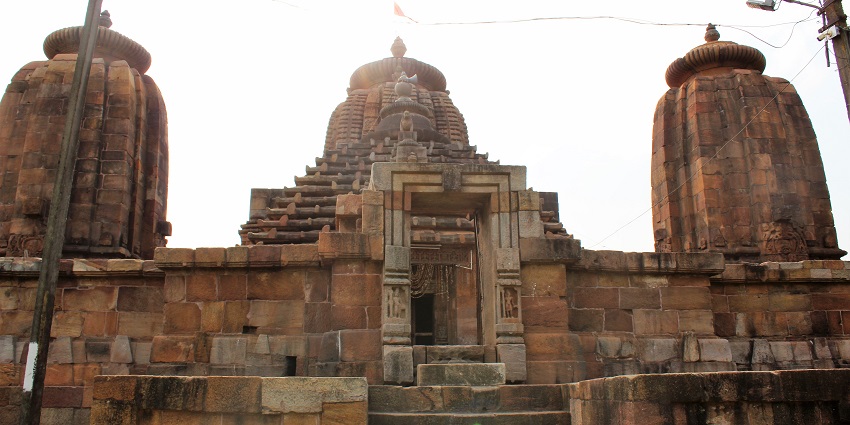
Photo: Ssriram mt / Wikimedia Commons
Brahmeswara Temple is renowned for its exquisite architecture, carved entirely from a single stone, showcasing the unique Lingayat architectural style. The temple’s walls are adorned with intricate carvings depicting gods, goddesses, dancers, and various mythological scenes, reflecting the artistic brilliance of ancient Odisha. Its four-faced Shiva Linga in the sanctum adds to its religious significance. Considered one among the popular Shiva Temples in Odisha, this 9th-century temple is a must-visit for those interested in history, art, and architecture. It offers a glimpse into the region’s rich cultural heritage.
Location: Bhubaneswar, Odisha
Best Time To Visit: October to March
Ideal Trip Duration: 1 day
Suggested Read: Beaches Near Bhubaneswar Every Water Baby Must Explore
4. Parsurameswar Temple
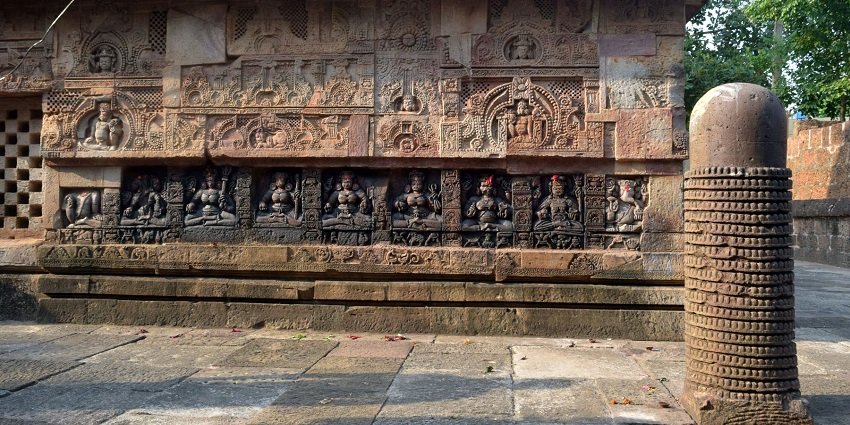
Photo: Hrudanand / Wikimedia Commons
Parsurameswar Temple is one of Bhubaneswar’s oldest surviving temples, built in the Nagara style of architecture around 650 AD. It is distinct for its west-facing orientation, which allows the setting sun’s last rays to gently illuminate the shrine, creating a captivating visual effect. The temple’s walls are richly adorned with detailed carvings of Hindu deities, animals, and intricate floral motifs. It showcases the artistic excellence of its time, being one of the best Shiva Temples in Odisha. This ancient shrine not only reflects the architectural ingenuity of its era but also serves as a serene spiritual haven.
Location: Bhubaneswar, Odisha
Best Time To Visit: October to March
Ideal Trip Duration: 1 day
5. Astasambhu Temple
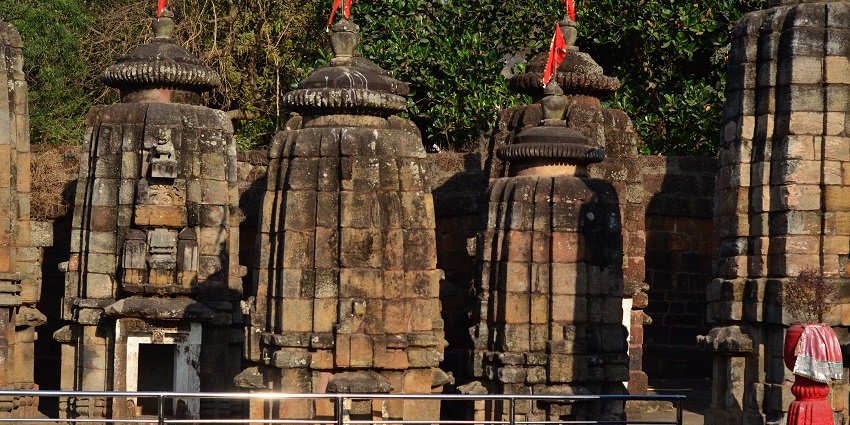
Photo: Prateek Pattanaik / Wikimedia Commons
Astasambhu Temple is one of a cluster of eight Shiva temples in Jagatsinghpur. Each is dedicated to different aspects of Lord Shiva, such as the five elements (Pancha Bhootas) and other divine forms. This complex holds profound historical and religious significance, reflecting the diverse manifestations of Shiva and the region’s spiritual heritage. It is a prominent site for local festivals and rituals, drawing devotees. They come to participate in vibrant celebrations, perform sacred rites, and seek blessings from the multifaceted representations of the deity.
Location: Jagatsinghpur, Odisha
Best Time To Visit: November to March
Ideal Trip Duration: 1 day
Suggested Read: Water Sports In Odisha
6. Akhandalamani Temple
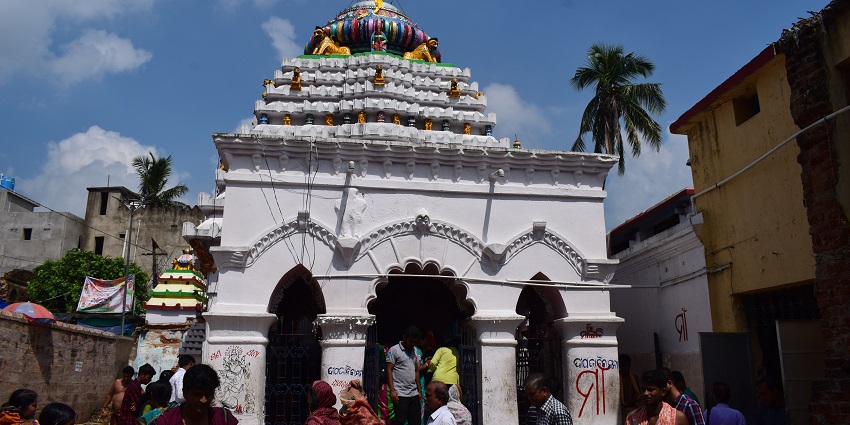
Photo: Sangram Keshari Senapati / Wikimedia Commons
Akhandalamani Temple is one of Odisha’s most revered Shiva temples, attracting a significant number of pilgrims throughout the year. The temple becomes especially lively during major Shiva-related festivals, such as Maha Shivaratri and Kartik Purnima. It hosts vibrant celebrations, traditional rituals, and large gatherings of devotees. The dynamic atmosphere, combined with the rich cultural traditions practised here. This makes it a central hub for spiritual activities and communal worship, reflecting the deep devotion and festive spirit of the local community.
Location: Bhadrak, Odisha
Best Time To Visit: November to February
Ideal Trip Duration: 1 day
7. Kapilash Temple

Photo: Rati7thjan / Wikimedia Commons
Perched atop a hill in Dhenkanal, Kapilash Temple is dedicated to Lord Shiva and provides breathtaking panoramic views of the surrounding landscape. The journey to the temple, whether undertaken by climbing the 1,351 steps or by driving up the hill. This adds to the pilgrimage experience, combining spirituality with physical challenge. The temple is not only a significant religious site but also a popular destination for nature enthusiasts and adventure seekers. It offers a serene escape amidst lush greenery and scenic beauty.
Location: Dhenkanal, Odisha
Best Time To Visit: October to February
Ideal Trip Duration: 1 day
Suggested Read: Sudam Sand Art Museum
8. Gorakhnath Temple
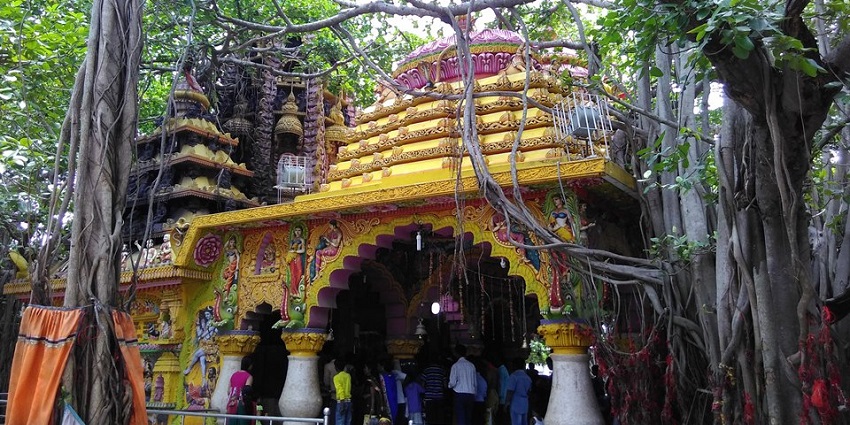
Photo: SUDEEP PRAMANIK / Wikimedia Commons/a>
Dedicated to Lord Gorakhnath, Gorakhnath Temple is renowned for its peaceful environment and draws numerous devotees, especially during religious festivals. The temple is a symbol of the region’s spiritual heritage.
Location: Jagatsinghpur, Odisha
Best Time To Visit: November to February
Ideal Trip Duration: 1 day
9. Huma Temple
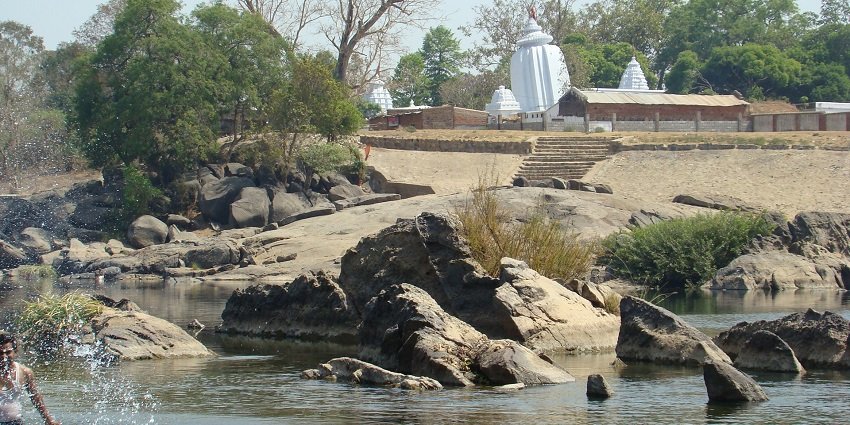
Photo: MKar / Wikimedia Commons
Known as the “Leaning Temple of Huma,” this Shiva temple stands on the banks of the Mahanadi River and is renowned for its distinctive leaning structure. This architectural curiosity adds to its charm and intrigue, making it a significant landmark in the region. The temple’s unique tilt has fascinated visitors and researchers alike. It becomes a major attraction during Shivaratri, drawing thousands of devotees. They come to witness the unique architectural feat and participate in the vibrant festivities.
Location: Sambalpur, Odisha
Best Time To Visit: October to March
Ideal Trip Duration: 1 day
Suggested Read: Best Street Foods In Puri
10. Panchalingeswar Temple
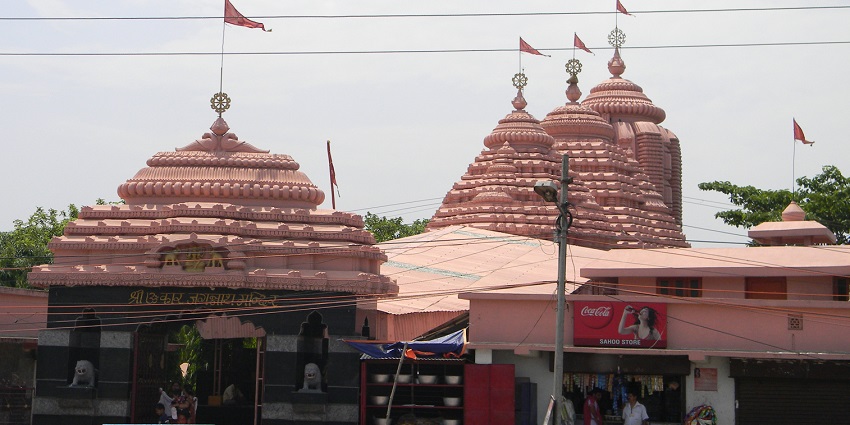
Photo: Krupasindhu Muduli / Wikimedia Commons / Image For Representation Only
Located atop a hillock, Panchalingeswar Temple features five naturally formed Shiva Lingas, each bathed by a gentle stream that flows over them. The serene setting amidst lush greenery creates a tranquil environment. This makes it a favourite spot for both pilgrims and nature enthusiasts. The combination of natural beauty and spiritual significance offers a unique and peaceful experience. This invites visitors to immerse themselves in the temple’s sacred ambiance and the surrounding picturesque landscape.
Location: Nilagiri, Balasore, Odisha
Best Time To Visit: November to February
Ideal Trip Duration: 1 day
These ancient Shiva temples of Odisha are not just places of worship but also reflect the rich cultural heritage and architectural brilliance of the region. Visiting these temples offers a deep spiritual experience along with a glimpse into the state’s historical and artistic legacy. Plan your spiritual tour with TripXL to Odisha.
Cover Photo: Prateek Pattanaik / Wikimedia Commons


 WhatsApp
WhatsApp
 Twitter
Twitter









